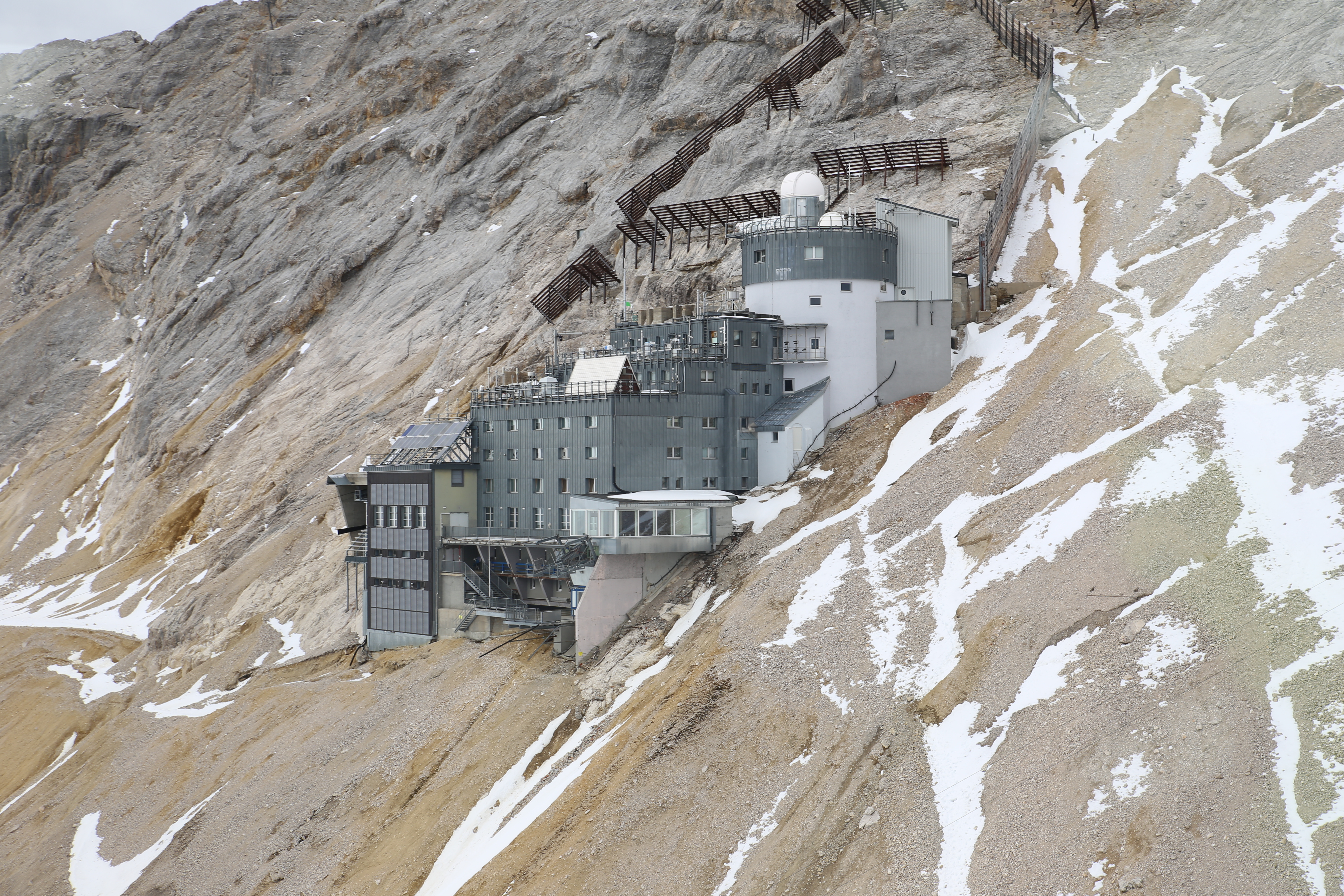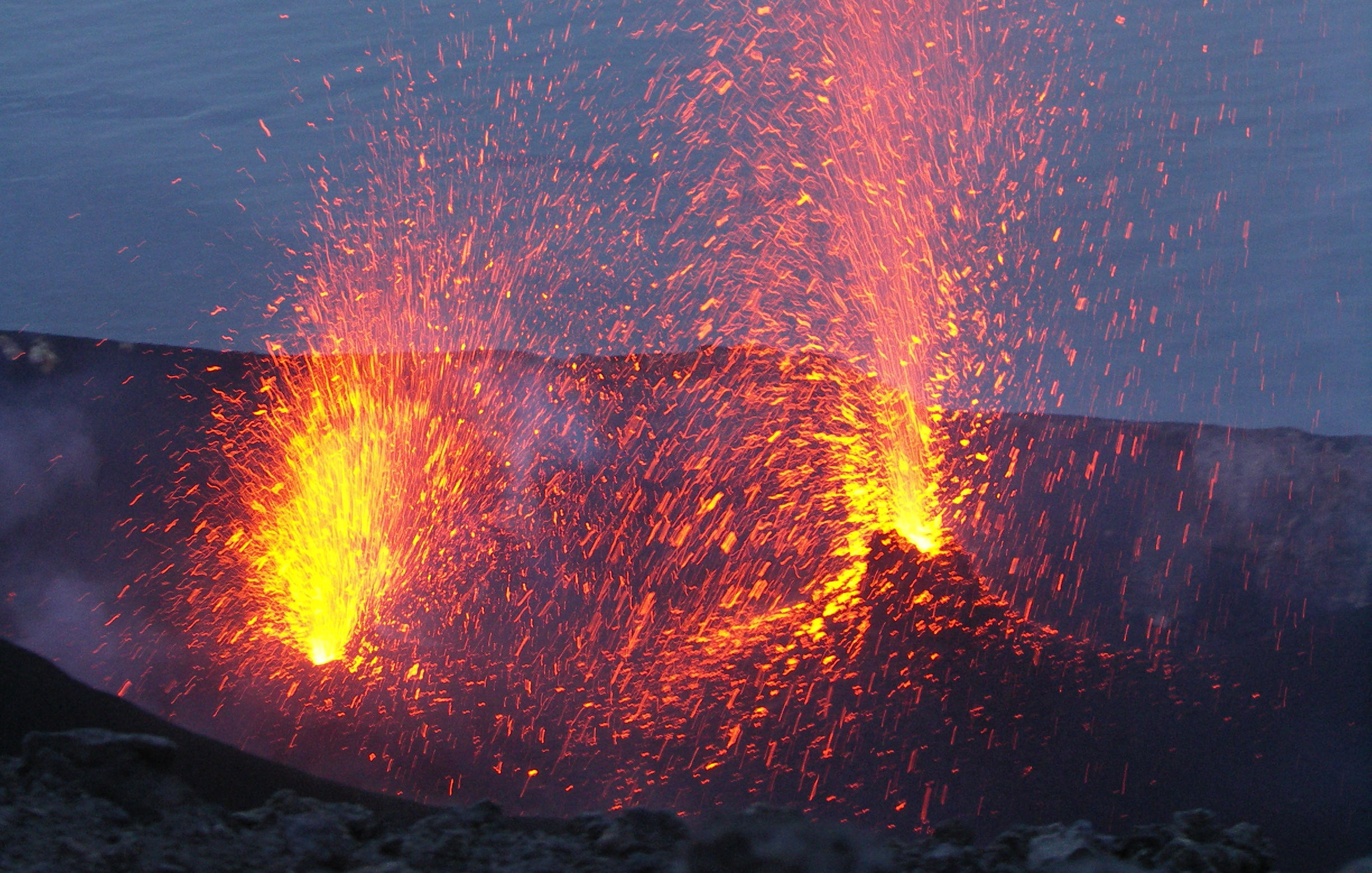Situation
Natural disasters such as volcanic eruptions, floods and extreme weather events are occurring more and more frequently due to climate change. Man-made environmental disasters, such as the release of toxic gases, also have a negative impact on the environment and the people living in the surrounding area. In order to minimize the consequences of such events, reliable and rapid warning is essential. The same applies to forecasting pollen counts or the distribution of exhaust gases in different weather conditions.
Atmospheric data is crucial for forecasting and correctly assessing and reacting to environmental disasters. The generation of this data is very complex and is mainly carried out using airplanes or weather balloons. In addition, this data is collected over the long term and for a large geographical area. Conventional weather balloons often rise very quickly due to their size and therefore spend very little time in the area relevant for local measurements. This complicates situational forecasting for acute events and requires a new system that enables precise forecasts of atmospheric currents at a local level.
Solution
SMARTIES are miniaturized measuring instruments consisting of environmental sensors and a wireless communication unit. Both are integrated into a flying object. For the measurements, several of these sensors ascend in the atmosphere to an altitude of up to one and a half kilometers. During the flight, they transmit sensor data via mioty® with high energy efficiency and scalability to a network of base stations for real-time localization and data analysis. Localization takes place directly on the basis of the communication signals. This enables reliable coverage of a large area, low power consumption and high security of the transmitted data.









